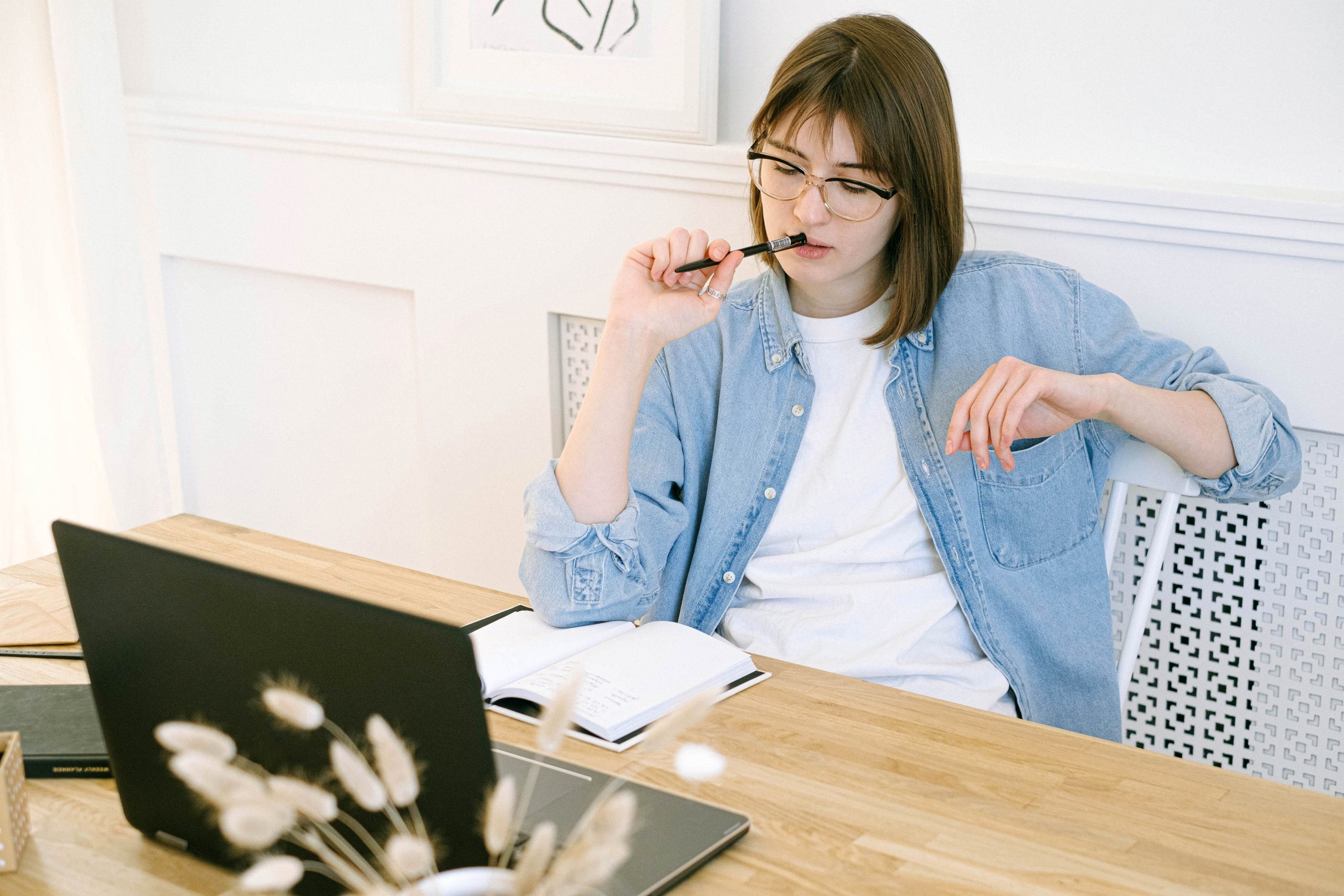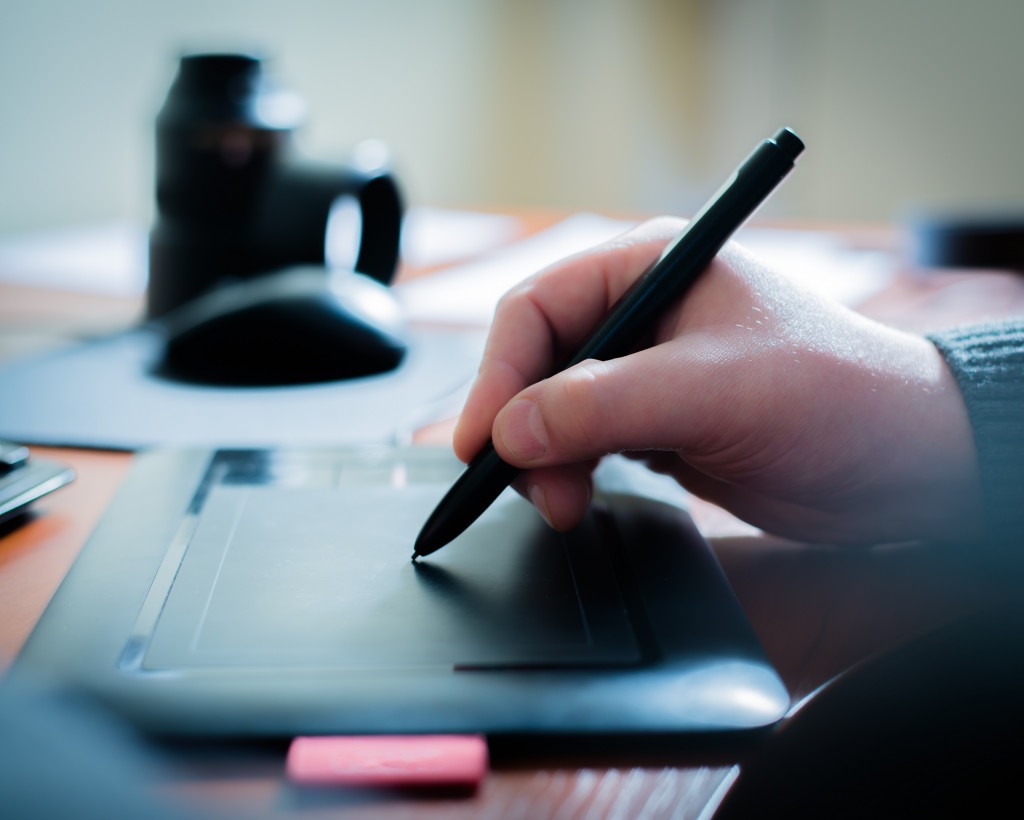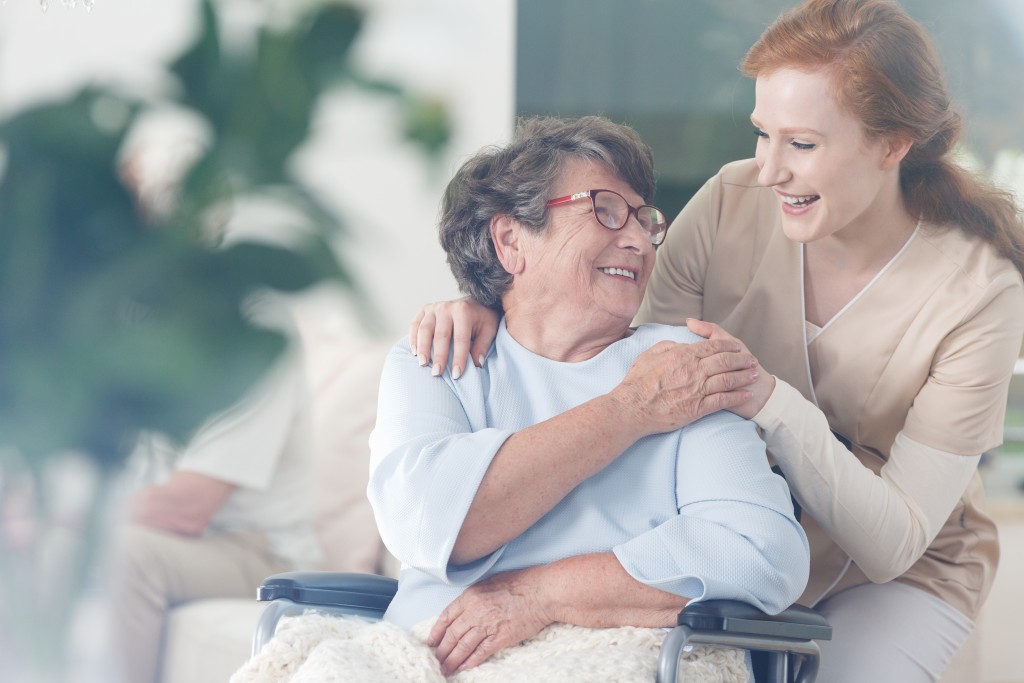With more and more people getting into crafts, one of the more popular trend involves cloth, threads, and needles. Some would call it embroidery, while others needlepoint, and others cross stitch. But just because all three art forms involve the same materials does not mean they are the same thing or can be used interchangeably. Today, we discuss the difference between needlepoint, cross stitch, and embroidery and when to use these terms separately.
Embroidery
Embroidery refers to the general craft of decorating fabric and other similar materials using needles to decorate them with colored thread or yarn. It is the general term that encompasses both needlepoint, cross stitch, and other forms of craft that involve needles and thread such as quilting . Embroidery can be done using a machine or can be done by hand.
Machine Embroidery
Machine embroidery is often done for mass-production for textiles that have their own embroidery. This can include shirts, blankets, caps, denim, gowns, table cloth, and more. Designs are created in a software program which then instructs a machine on how to embroider a design onto fabric. Machine embroidery can also be done for personal use as long as you have an embroidery machine at home. However, you’ll need to guide the needle to help you achieve the desired output.
Machine embroidery can include beading such as pearls, beads, and sequins. It’s best for mass production, items with a uniform look, and to ensure that all patterns turn out precise.
Hand Embroidery
Hand embroidery allows you to create designs on fabric and other similar materials by hand. This is where crafts like needlepoint and cross stitching falls under. Unlike machine embroidery where everything is pre-programmed, doing it by hand allows for unique designs that involve multiple stitches and different threads within the same piece. Given that it’s done by hand, however, an embroider will have to have plenty of skill to create embroidery that’s as clean as one done by machine. However, hand-made embroidery always has that DIY charm machines fail to recreate.
Needlepoint
Needlepoint refers to embroidery done that covers the top of the fabric that uses a square-by-square design. It uses multiple kinds of stitches and can also include beading. Needlework often uses a thin fabric, but it can also be done with woven fabric. Because needlework uses a pattern, some embroiders may want to draw the pattern on their fabric with a light pencil, though some craft stores have needlepoint fabrics that already have patterns printed on it. If you want to be a bit more free with your designs and add some improvisation, you can opt to go for a blank fabric. To keep the fabric taut, hoops are often used.
Modern needlepoint dates back to the 17th century when embroidered upholstered furniture was a trend. However, the surface embroidery technique dates back as far as the ancient Egyptian civilization.
Needlepoint often gives the effect of something woven, though it’s actually stitched by hand. Embroiders use needlepoint on household fabric items like pillows, purses, upholstered furniture, rugs, oven mitts, and other fabric items.
Cross Stitch
Cross-stitch is a form of hand embroidery, but the only stitch used it an x-shaped stitch known as a cross stitch. When done correctly and using the correct color of thread, the stitches create a tile-like pattern that forms an image. It only uses one type of stitch, but it is possible to use 1/4, 1/2, and 3/4 cross stitches as well as backstitches to create the full image.
Because of their box-like appearance, cross stitch is a lot more boxier than regular embroidery, which is usually more fluid. Like embroidery, embroiders use a hoop to stretch the fabric. Most embroiders also use Aida cloth for cross stitching, since it has the uniform holes to create similar x-stitches throughout the pattern. Patterns can be printed on fabric, but more often embroiders follow patterns printed separately to guide them on the number of stitches.
Cross stitch are often used for framed artworks, bookmarks, coasters and other one-sided objects that can hide the back side of the pattern.
Differences and Similarities of Cross Stitch and Needlepoint
To recap, embroidery refers to all the crafts that involve needles and thread. Cross stitch and needlepoint are two types of hand embroidery, each with its own unique style.
Definition
Needlepoint: Surface embroidery used on very fine canvas.
Cross Stitch: Embroidery using x-shaped stitches to form a larger picture.
Fabric Used
Needlepoint: Stiff and heavy canvas
Cross Stitch: Generally Aida cloth, but can also be done on evenly woven fabric.
Type of Stitch
Needlepoint: Multiple types of stitches
Cross Stitch: Cross stitch (full cross-stitch, 1/2, 1/4, 3/4) and backstitch
Which Type of Embroidery Do I Use?
If you’re an embroidery beginner, cross-stitch may be an easy way to get used to handling a needle and thread before you go on to more complex stitches in needlepoint. After all, you only need to know how to do a cross stitch, its variants, and a backstitch to complete a cross stitch project. As you get better, you can start doing more complex cross stitch and then go on to learning more complex stitches for other types of embroidery. You will only need to master one simple stitch to complete a project. Once you finish your first project, you will even be a little more prepared for needlepoint since the cross stitch does show up in some needlepoint projects.
For advanced embroiders who can do both cross stitch and needlepoint, you may be tempted to buy an embroidery machine at home. It’s better to try hand embroidery at first before going on to machine embroidery. Embroidery machines cost hundreds of dollars on Amazon, so it’s best to have expert-level experience before making the investment. While a machine can make your embroidery easier, there is a learning curve to working one.

Embroidery can be a fun activity for many, and cross stitch and needlepoint are just two examples of embroidery that you can try. If you’re interested in trying them out, you can buy the tools needed for them at your local craft or hobby shop. If you don’t want to buy a lot of thread and other items at first, try buying the pre-packaged patterns that should include all the thread, cloth, needle, and pattern you need to complete one project. From there, you can continue to buy more craft items as needed.




